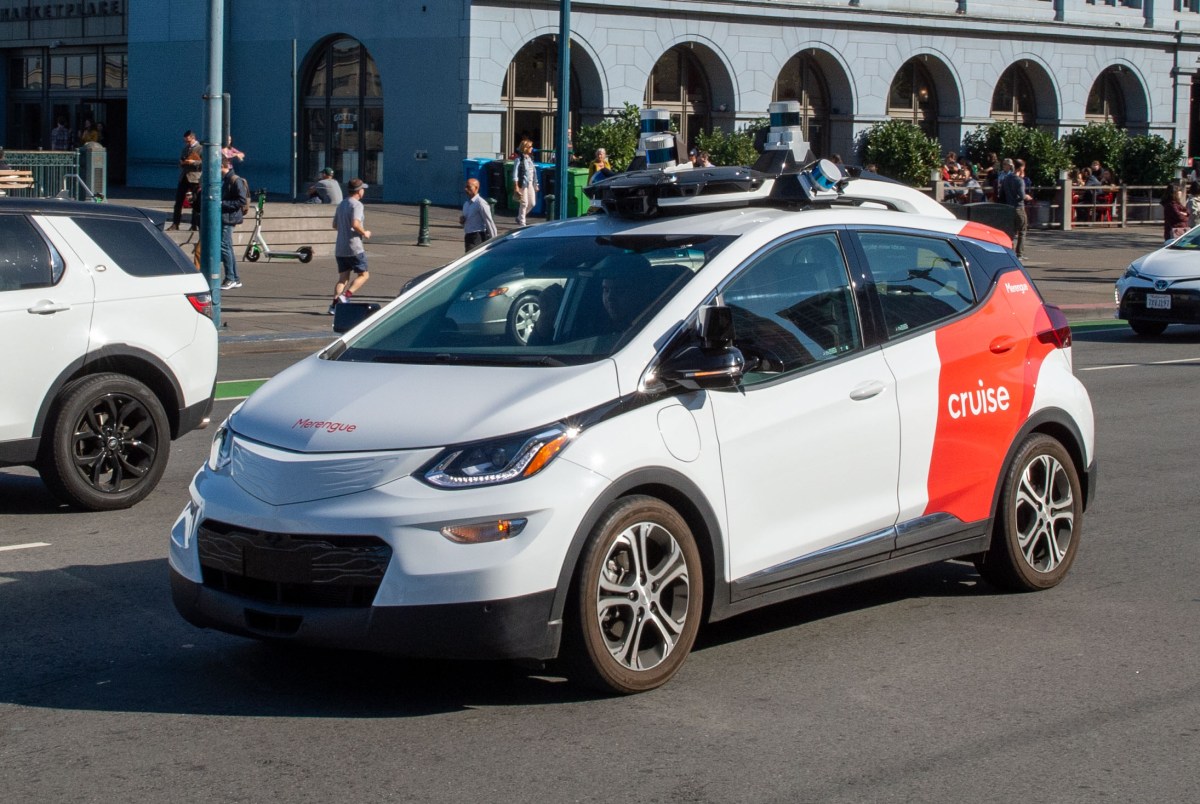
Cruise, the self-driving subsidiary of General Motors, has agreed to pay a $112,500 fine for failing to provide full information about an accident involving one of its robotaxis last year. The settlement with the California Public Utilities Commission (CPUC) not only avoids litigation, it puts Cruise in a position to restart operations in the state.
The settlement agreement “bring[s] this dispute to a close” allowing the Commission staff to “devote their resources to Cruise’s regulatory oversight rather than engage in potentially protracted litigation,” reads the ruling. In an emailed statement, Cruise said the company is “gratified” to have reached a settlement, noting that the company has taken “important steps to improve our leadership, processes and culture.”
Cruise received backlash in October 2023 after a Cruise robotaxi ran over a pedestrian that had been flung into its path after being hit by a human-driven vehicle. The robotaxi then dragged the pedestrian 20 feet as it was attempting a pullover maneuver, a fact that Cruise staff didn’t immediately share with the CPUC and other state and federal regulators when they probed the company. That withholding of information resulted in both the CPUC and the California Department of Motor Vehicles pulling Cruise’s permits to operate driverless vehicles in the state.
Since then, Cruise has implemented a series of “corrective measures” that seem to have satisfied many of the CPUC’s concerns about the company’s continued autonomous vehicle operations. The agency’s ruling points to actions Cruise has taken, including retaining law firm Quinn Emanuel to conduct an internal investigation of Cruise’s operational structure, creating a more transparent corporate operation and instigating the departure of personnel like former CEO Kyle Vogt.
The Commission noted that Cruise has taken responsibility for its past failures and promises to be more transparent with the agency in the future. Cruise also appears to be getting brownie points for seeking to “resolve this dispute expeditiously,” rather than letting the matter go through the expensive and time-consuming slog of decisions, appeals and rehearings.
“We conclude that by taking these corrective measures, Cruise is on its way to restoring public trust by making itself a more transparent and cooperative entity that will not hide material information from regulatory agencies who oversee its AV transportation services,” reads the ruling.
As part of the agreement, Cruise is also required to regularly share incident information with the CPUC. This includes increased collision reporting as well as monthly reports on incidents involving stopped AVs that must be physically retrieved from the field.
Before the infamous October 2 incident, Cruise had also been criticized by members of the public, politicians and law enforcement agencies because its robotaxis had a bad habit of malfunctioning in the middle of traffic.
Cruise has been slowly making its way back onto public roads in other states that have less regulatory red tape. Since April, the AV company has deployed small fleets with human safety operators behind the wheel in Phoenix, Houston and Dallas to map and restart testing.
Cruise may take a similar tack in California, where competitor Waymo is quickly gaining ground. The DMV suspended Cruise’s permits to test and deploy vehicles without a human driver in the front seat, and the CPUC suspended Cruise’s permits to charge for any such service. But Cruise still has an active permit with the DMV to test its vehicles with a safety driver, something the company might lean on as it attempts to close its last chapter and move forward.
A company spokesperson told TechCrunch that Cruise is committed to rebuilding trust with regulators, officials and communities in San Francisco, Cruise’s hometown, and everywhere it previously operated. Both the DMV and Cruise have confirmed that the company has taken steps to have its other permits reinstated, but neither shared any other updates or a timeline. A Cruise spokesperson said the DMV permits are a necessary condition to reapply for CPUC permits.
The CPUC did not respond to TechCrunch’s query if the agency is preparing to re-approve any of Cruise’s permits.
